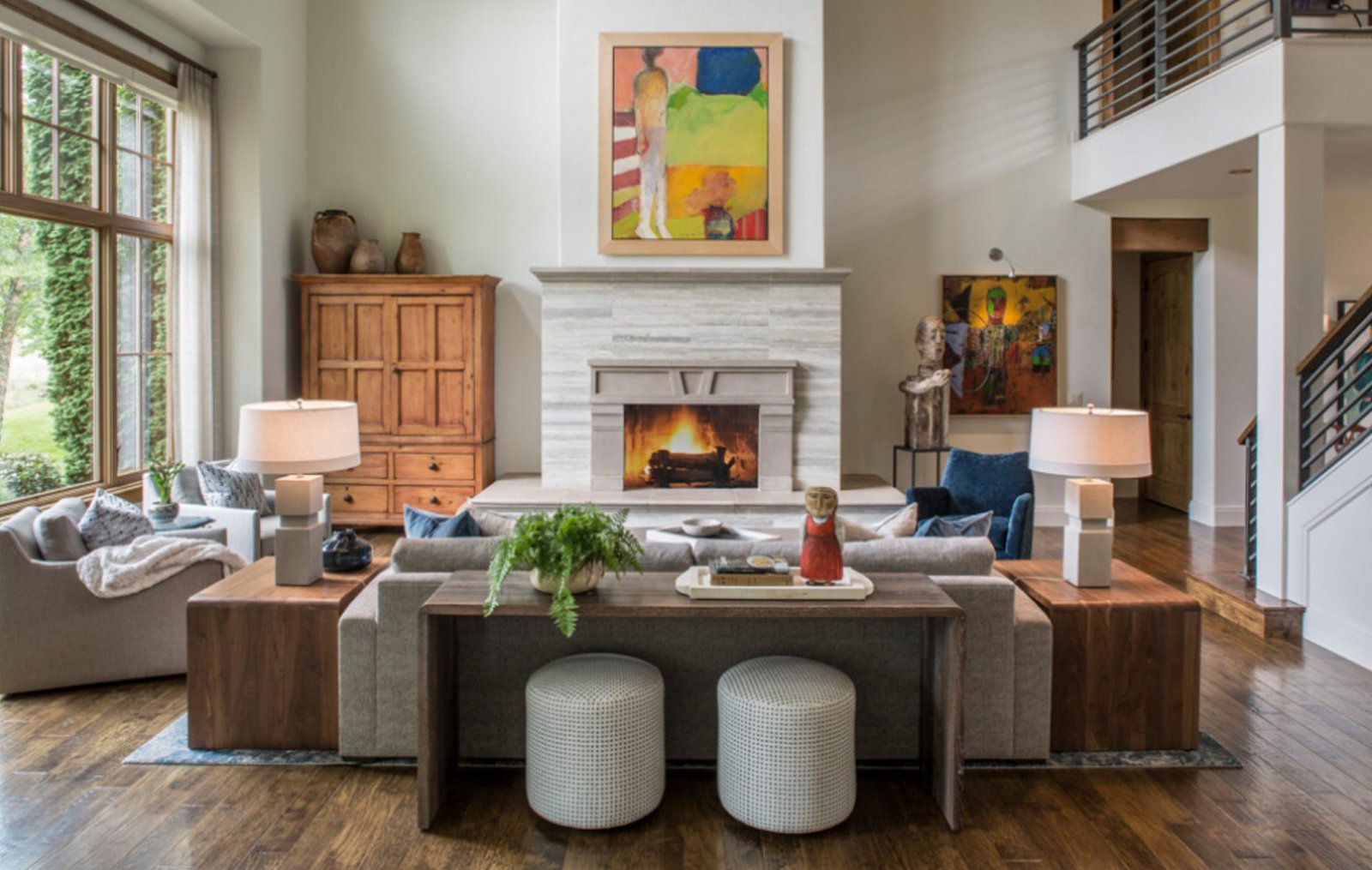How does mathematics relate to it?
The dimensions, materials, and colors of the furniture all have an impact on the interior’s equilibrium. Sometimes the house just won’t settle down, no matter how much you rearrange the furnishings. In this scenario, it is frequently a case of reciprocal disproportion between the furniture, where the proportions and materials do not match one other or the space, regardless of how appealing the furniture itself is. Functional interior design is primarily concerned with the balance of furniture, materials, and colors.
Read this article and do not forget to check our YouTube channel “Grig Stamate” for other amazing videos:
https://www.youtube.com/@GrigStamate
Small but Big on Style Home Interiors (video)
The balance of the interior is strongly related to the size of the furniture.
To achieve balance, the furniture must communicate with one another; for example, if you want a specific sofa, you must also consider what is in the area around it. When a little coffee table is combined with a huge sofa, the imbalance is instantly apparent.
In other words, the size of the furniture has a great influence on the interior’s equilibrium. Larger furniture should be purchased for a large space, while smaller furniture should be purchased for a small space. Sofa legs and armrests, for example, have an impact on the overall image and airiness of the furniture.
On the other side, if you just choose small pieces of furniture, a small area can shrink from what it was previously.

Because stores are generally big spaces, the size of the furniture in the store almost always appears smaller than at home. That is why it is critical to measure and model the furniture at home, using masking tape fastened to the floor, for example. Consider how the furniture will be transported to the flat. There are a surprising number of bizarre instances in which the sofa fits in the apartment but not through the apartment doors.
Try the eye-catcher!
The equilibrium between the pieces of furniture is affected not only by the size of the furniture, but also by its design language. The use of round and angular furniture is worthwhile because the overall effect would be bland and boring. One strong eye-catcher adds the necessary glitter to the interior design.
A work of art, a bright recliner, or even a giant hanging lamp might serve as an eye-catcher. Other pieces of furniture or lighting should then complement this eye-catcher in terms of design or color, even if they are on the side. When you compete with the eye-catcher, the impression becomes readily confused.
When planning the measurements of the furniture, keep the passages in mind. It should be simple to move around the house without having to move too much furniture. The simplest method to get there is if the space required for passage is already considered while selecting furniture. Sometimes merely relocating the furniture helps: if the dining table is in the corridor and you have to go around it all the time, pulling the furniture away from the wall might help.
Wall installation also helps to open up the area. When you attach the TV stand or even the hall stand to the wall, cleaning becomes easier, and the general appearance improves.
Other related posts from our website:
https://howtobuildahouseblog.com/?s=home+interior
We sincerely hope that our video and post can help you.
Please, write your opinion in the comment section and do not forget to subscribe to our channel if you are new to our YouTube channel.
See you soon at another post.
Bye, Bye


